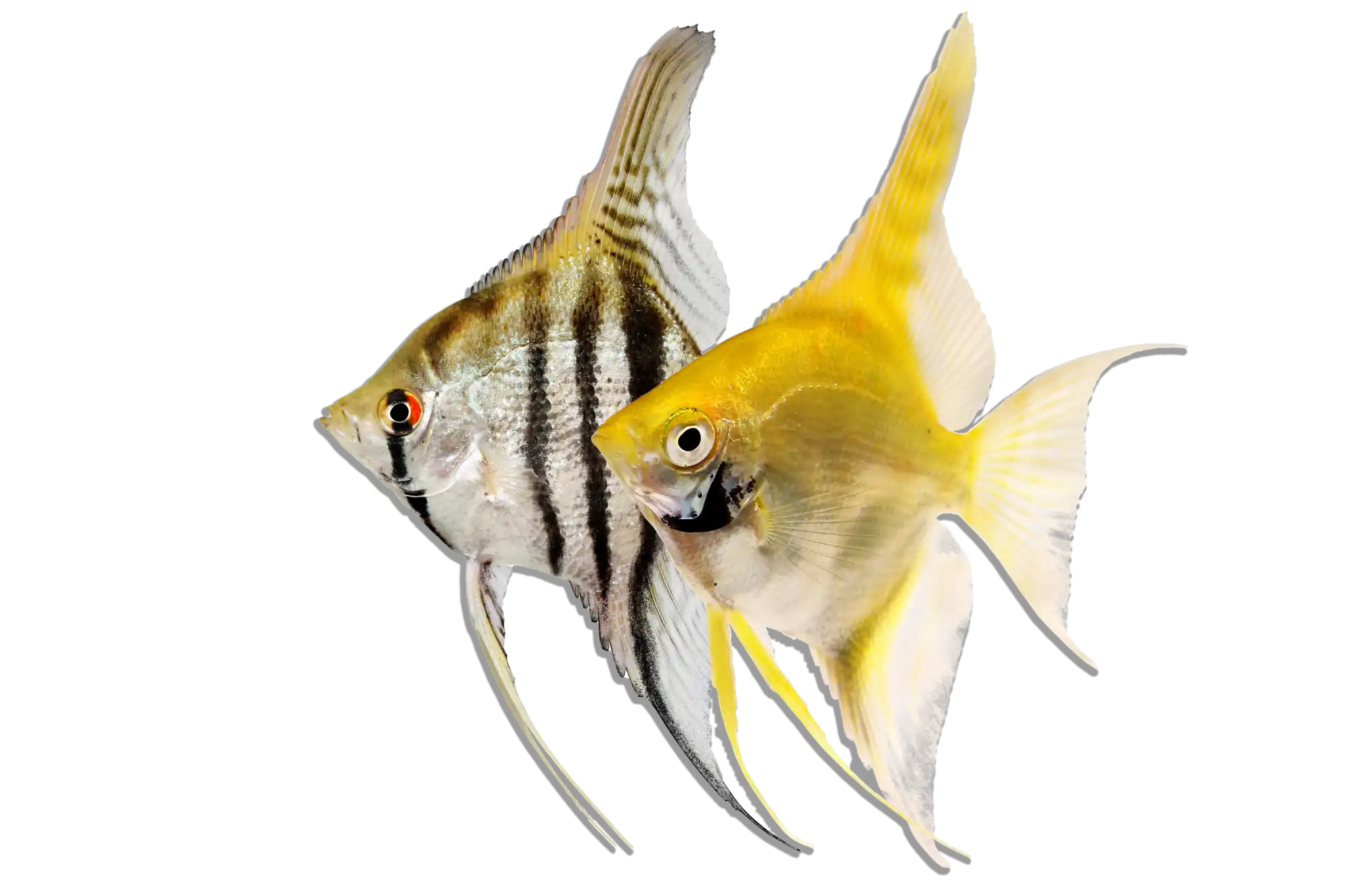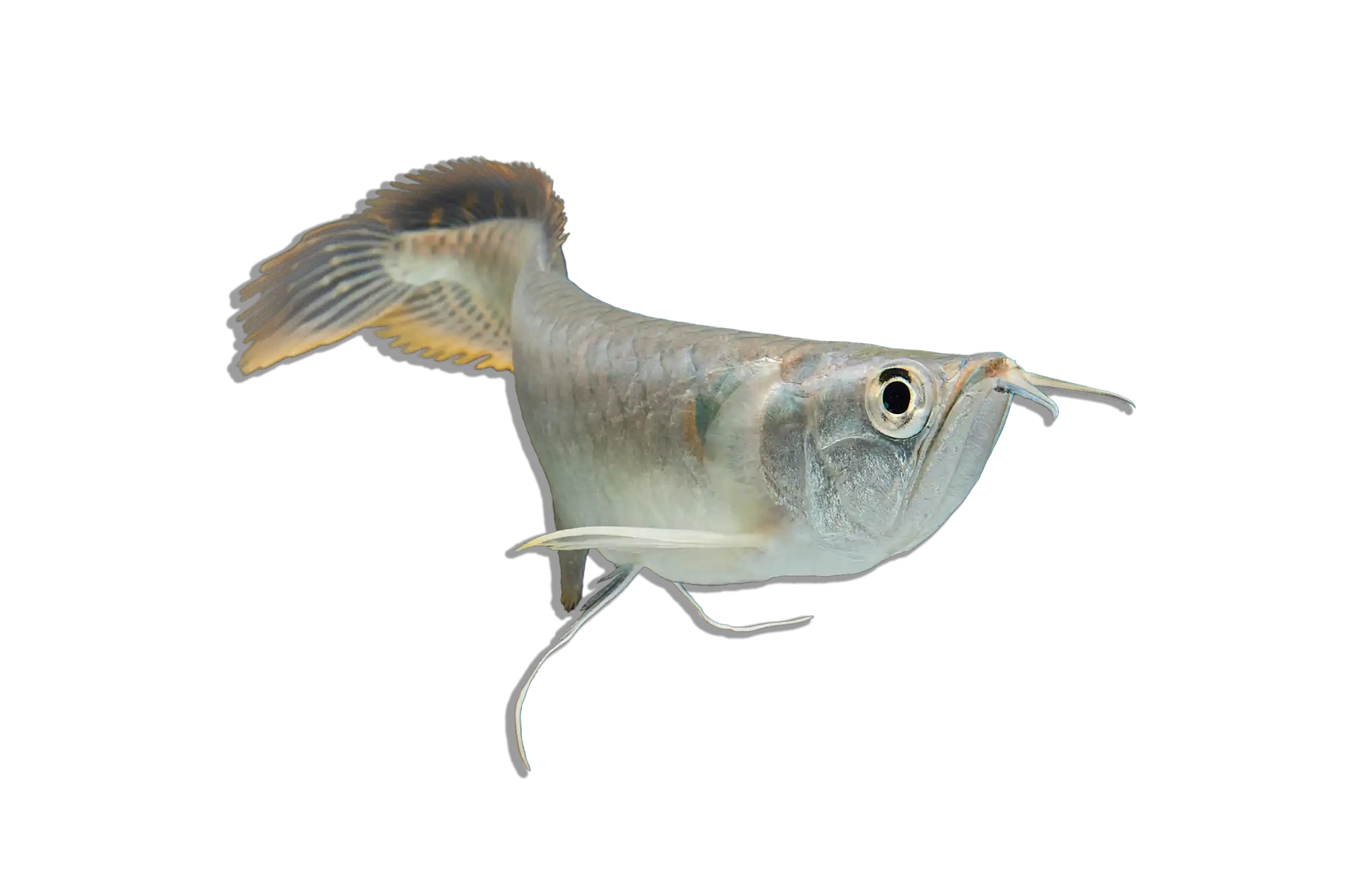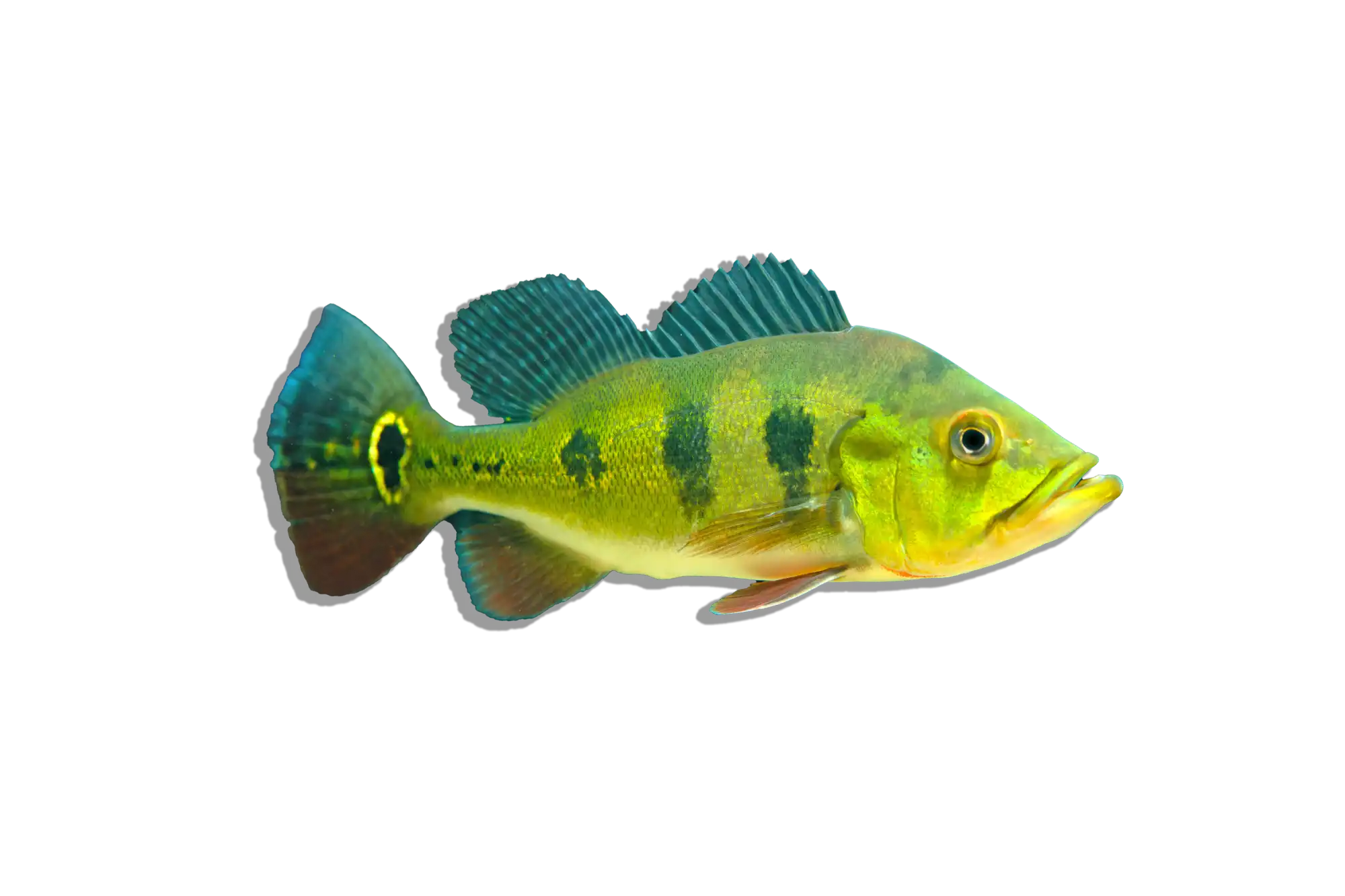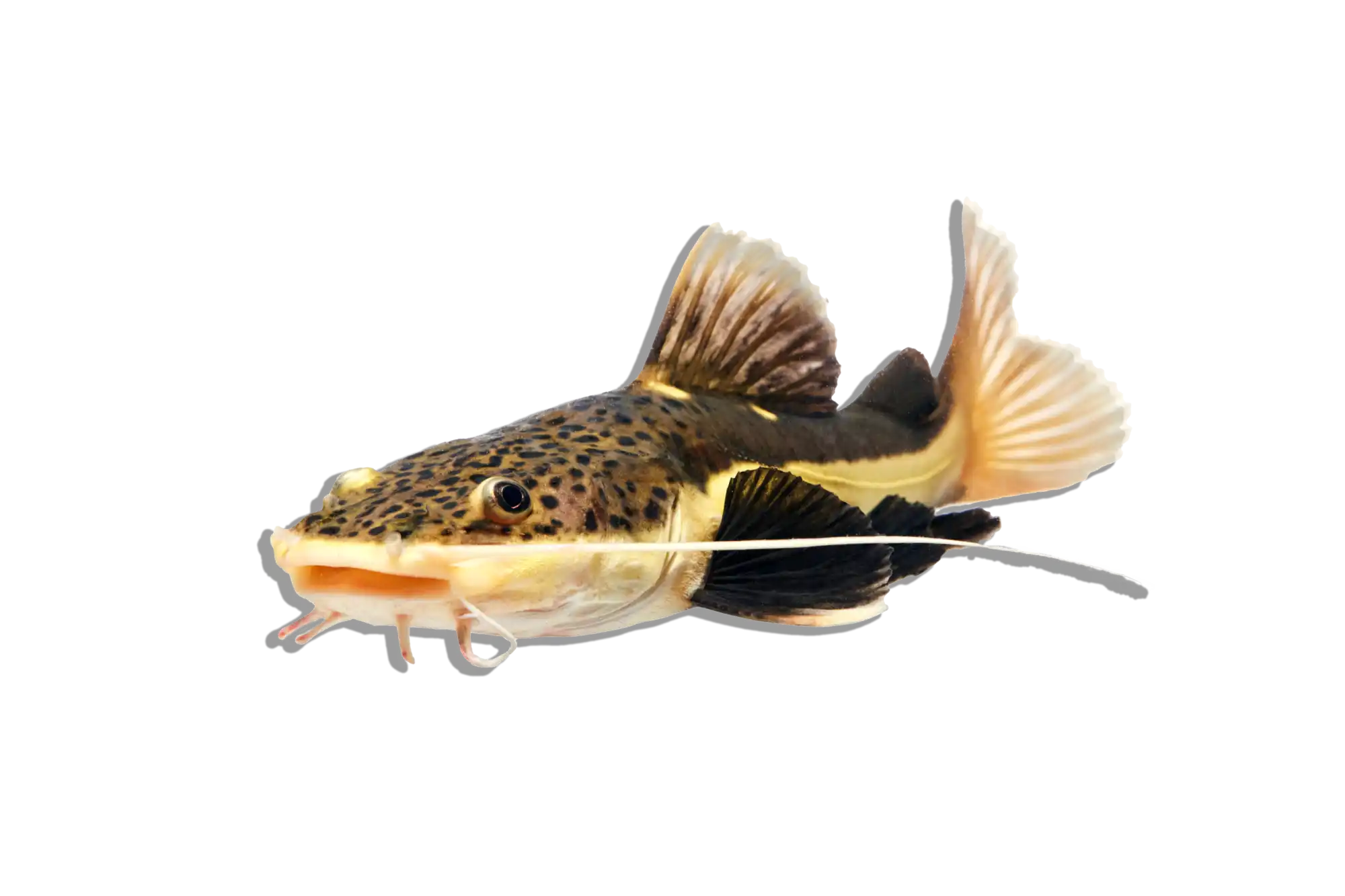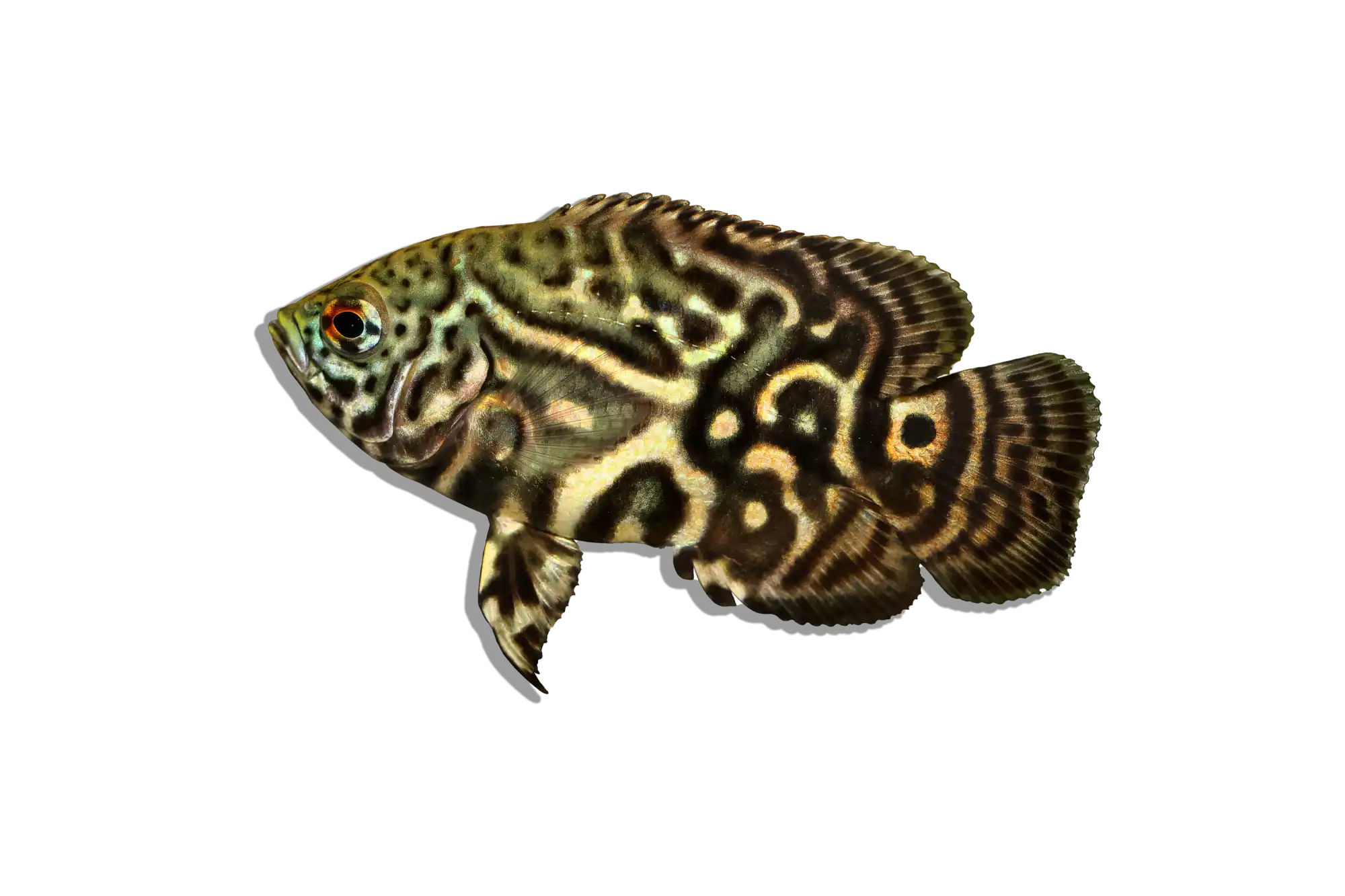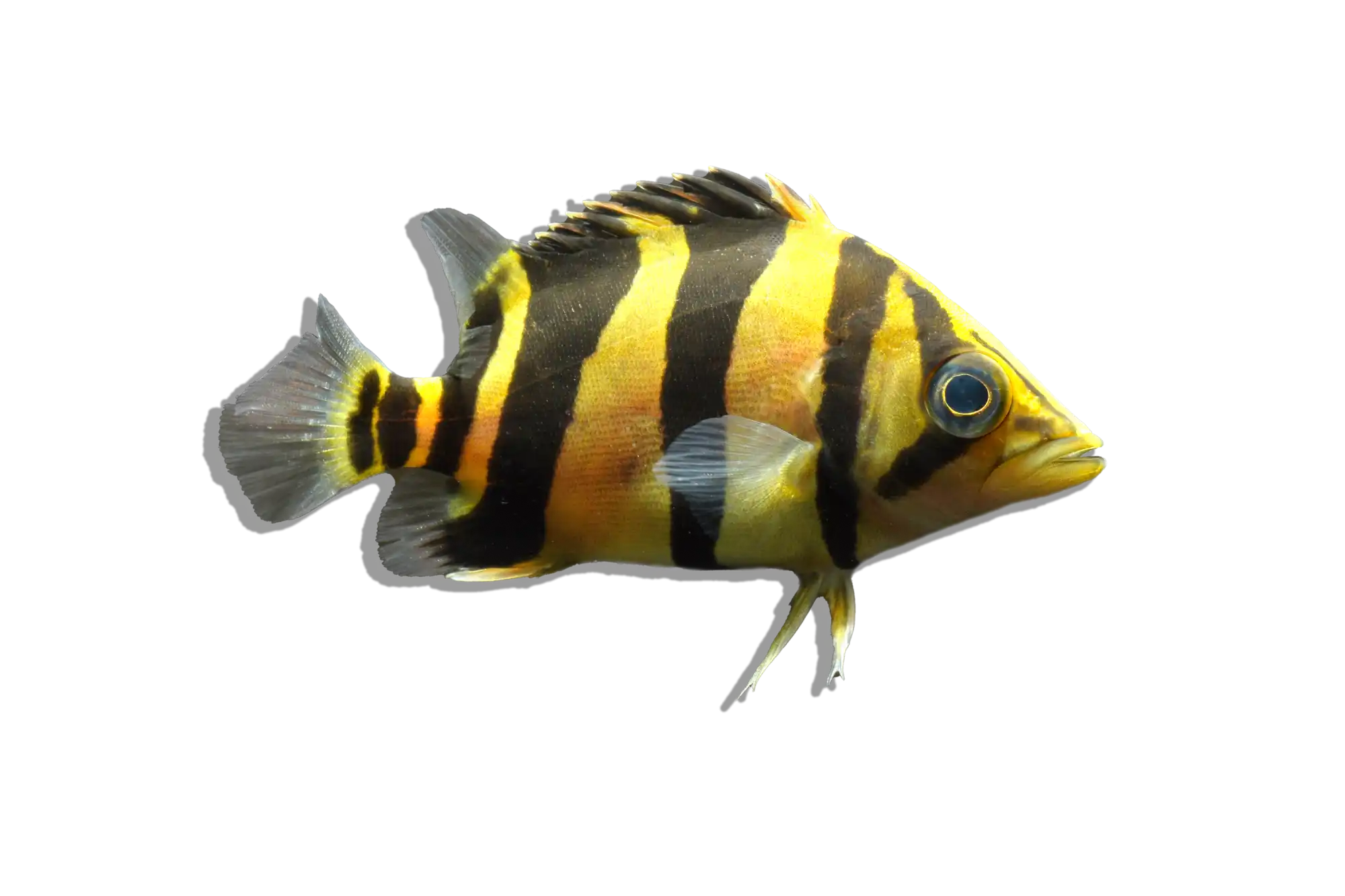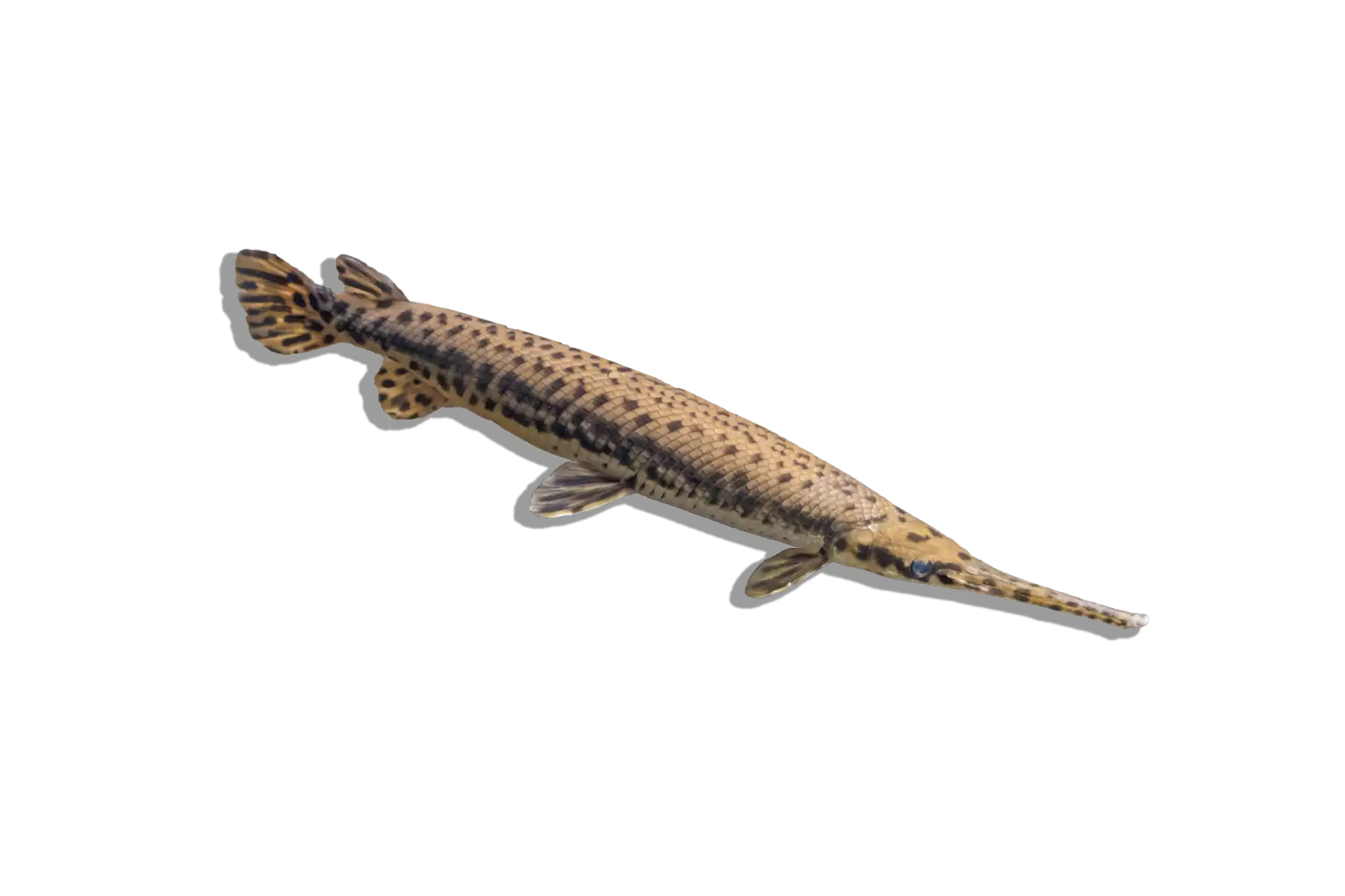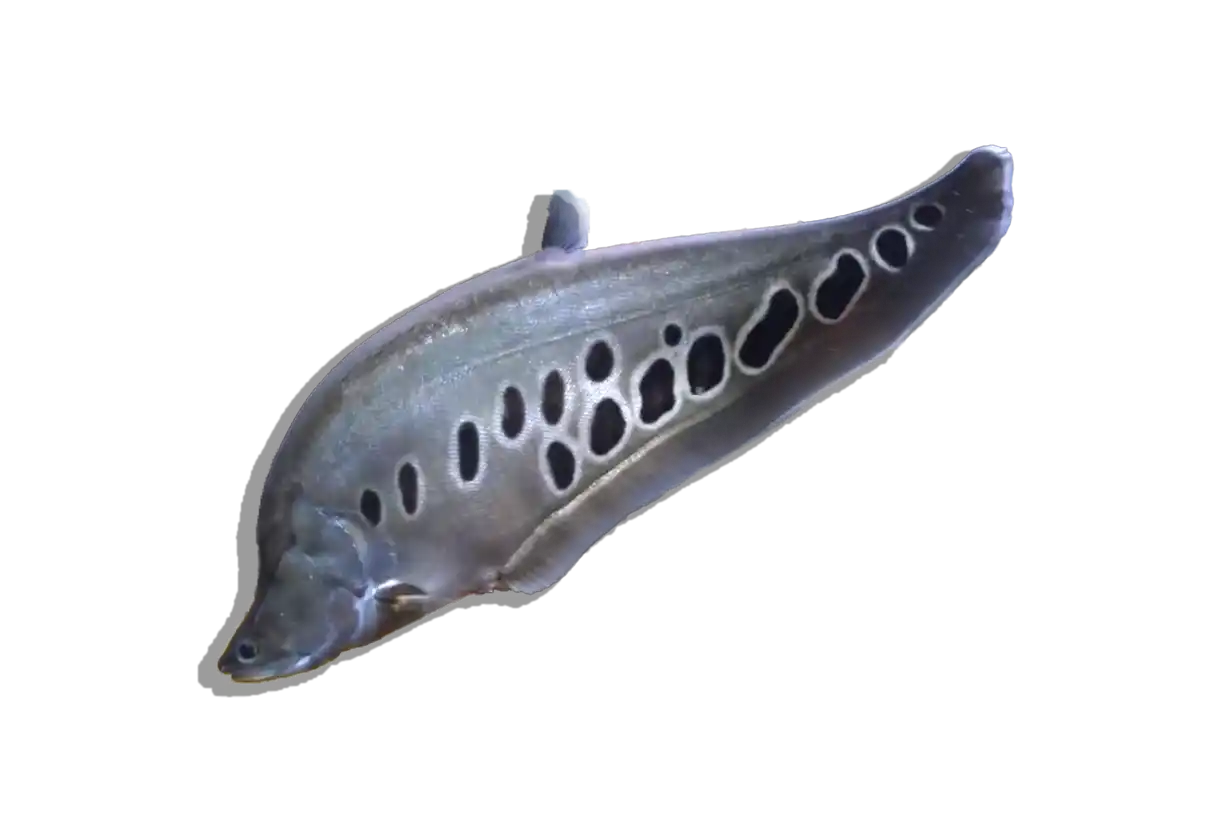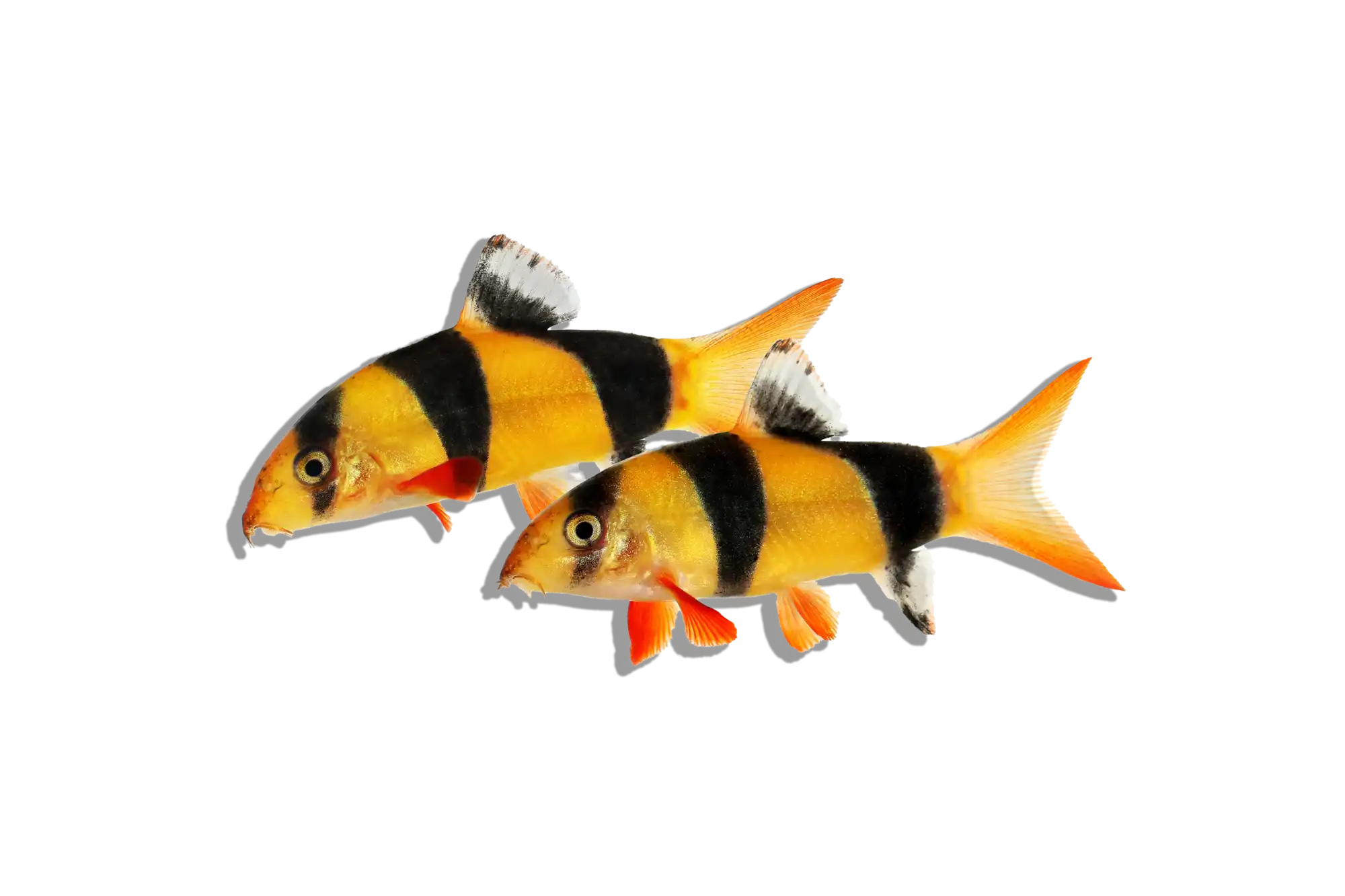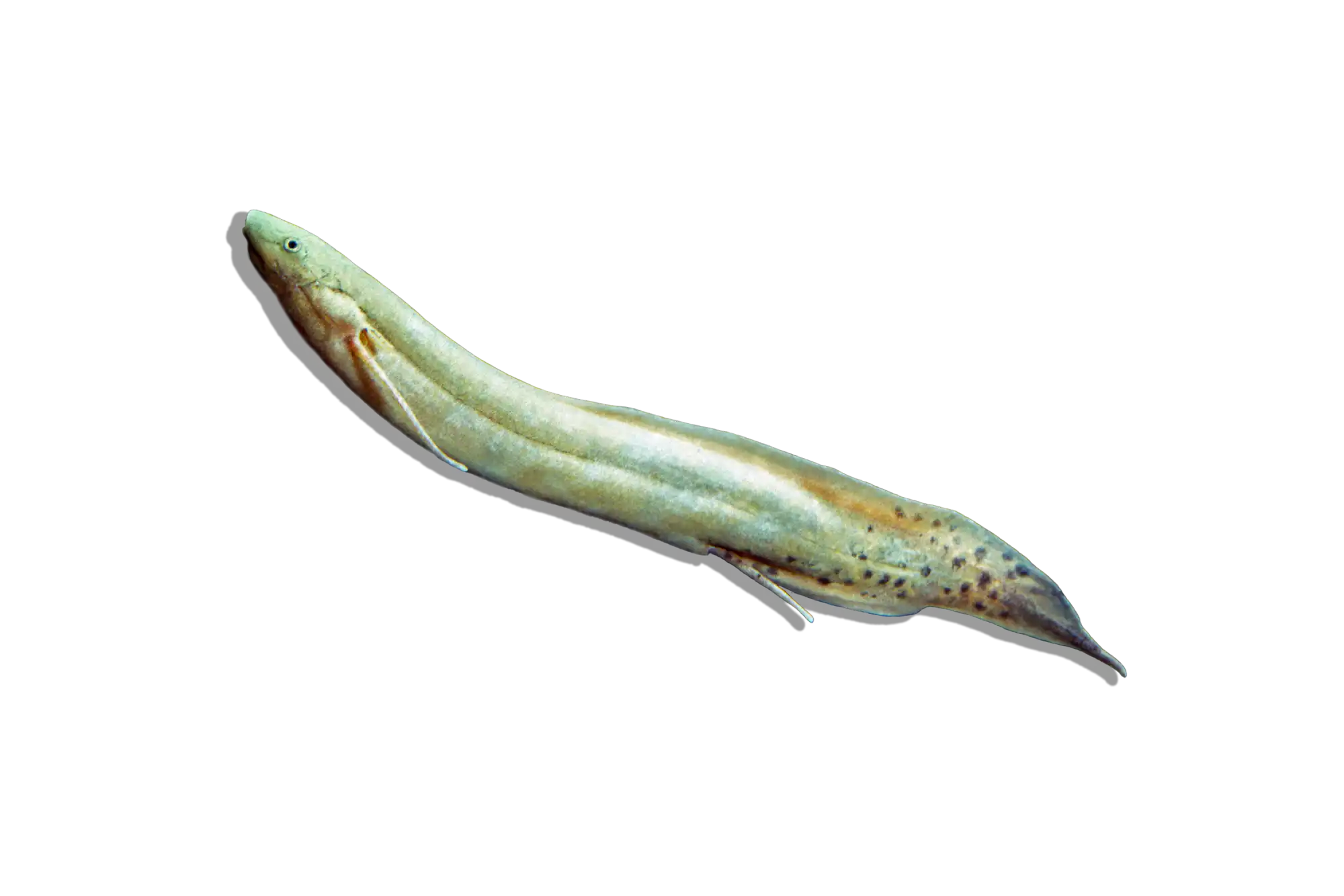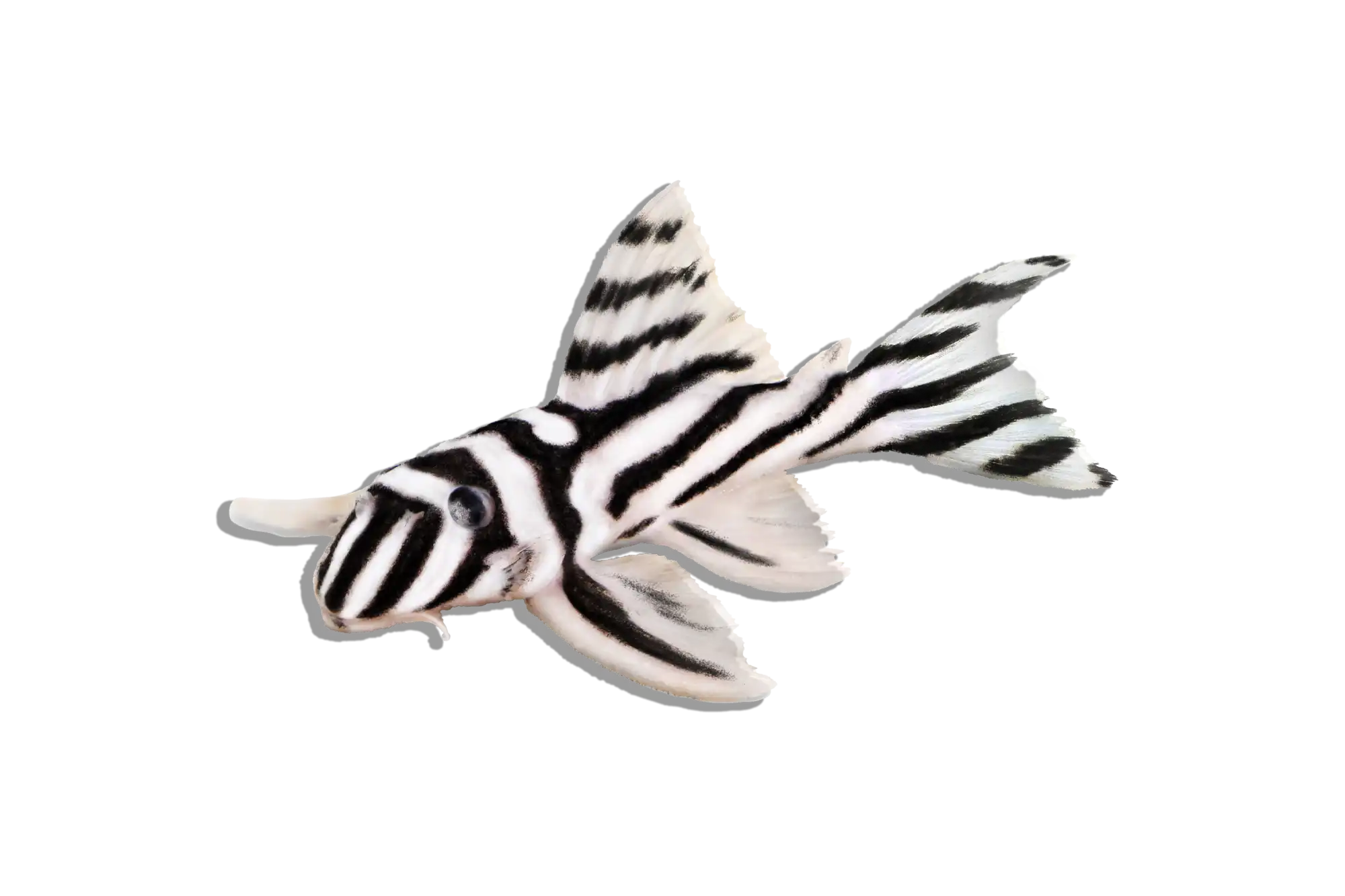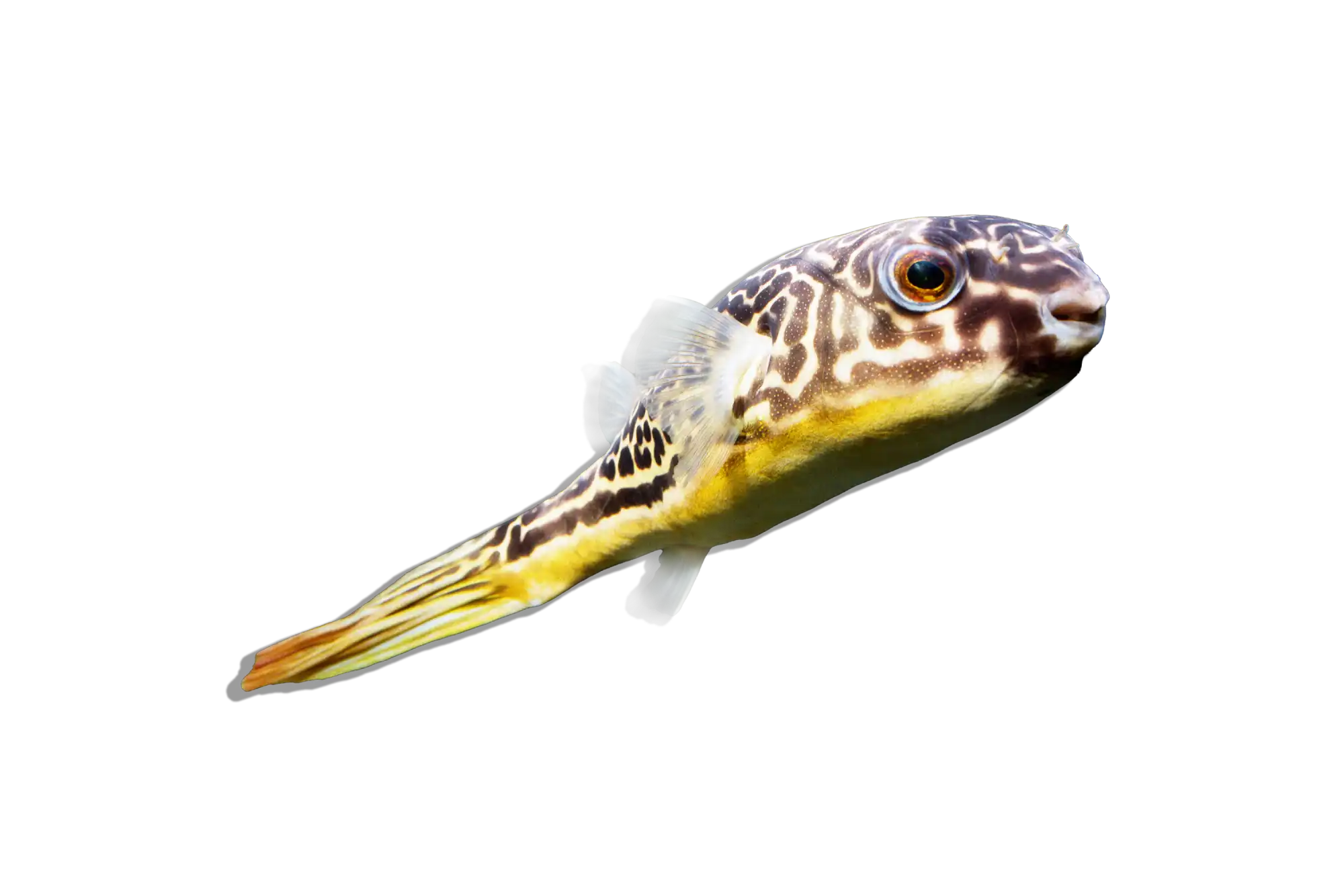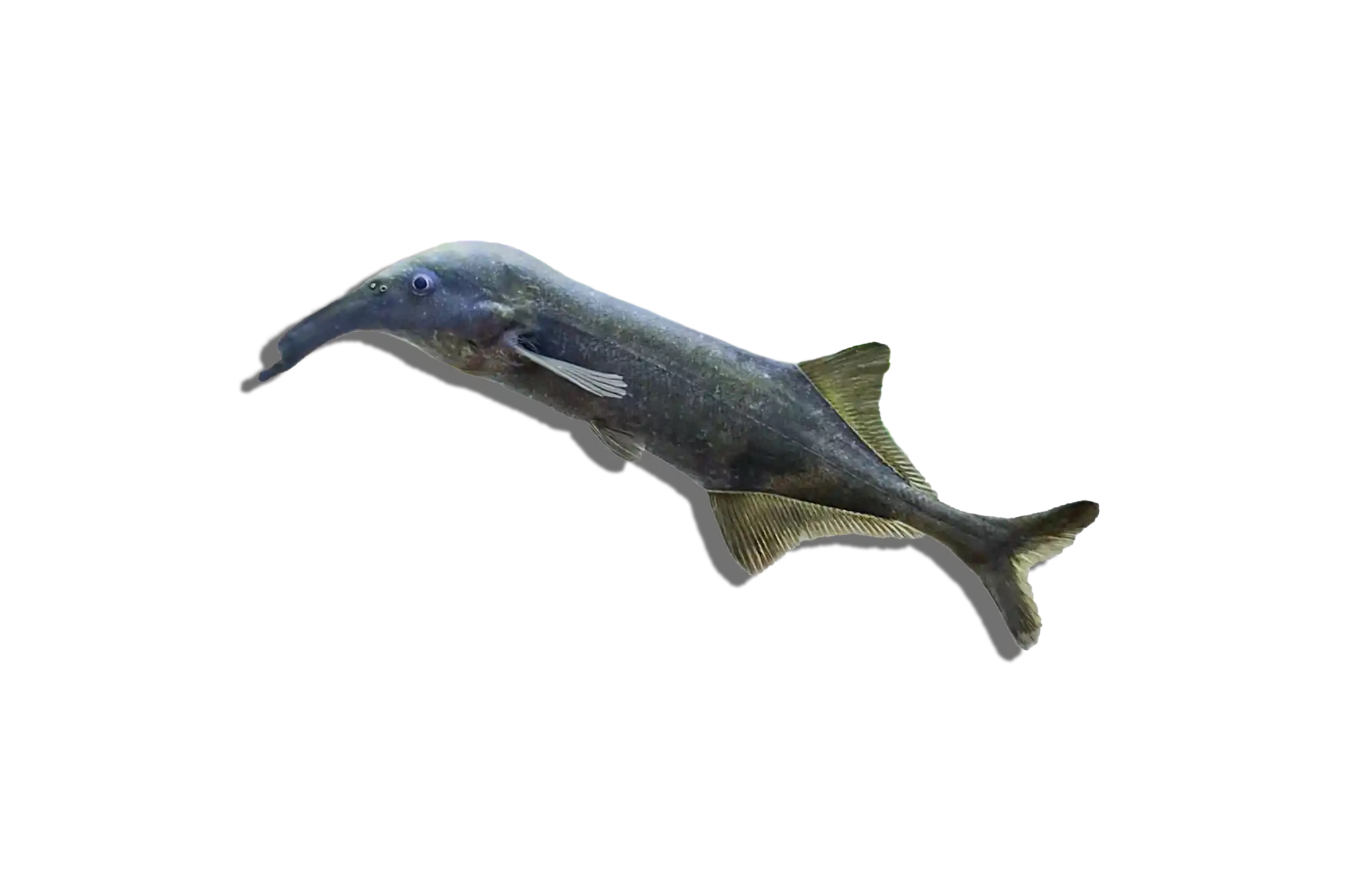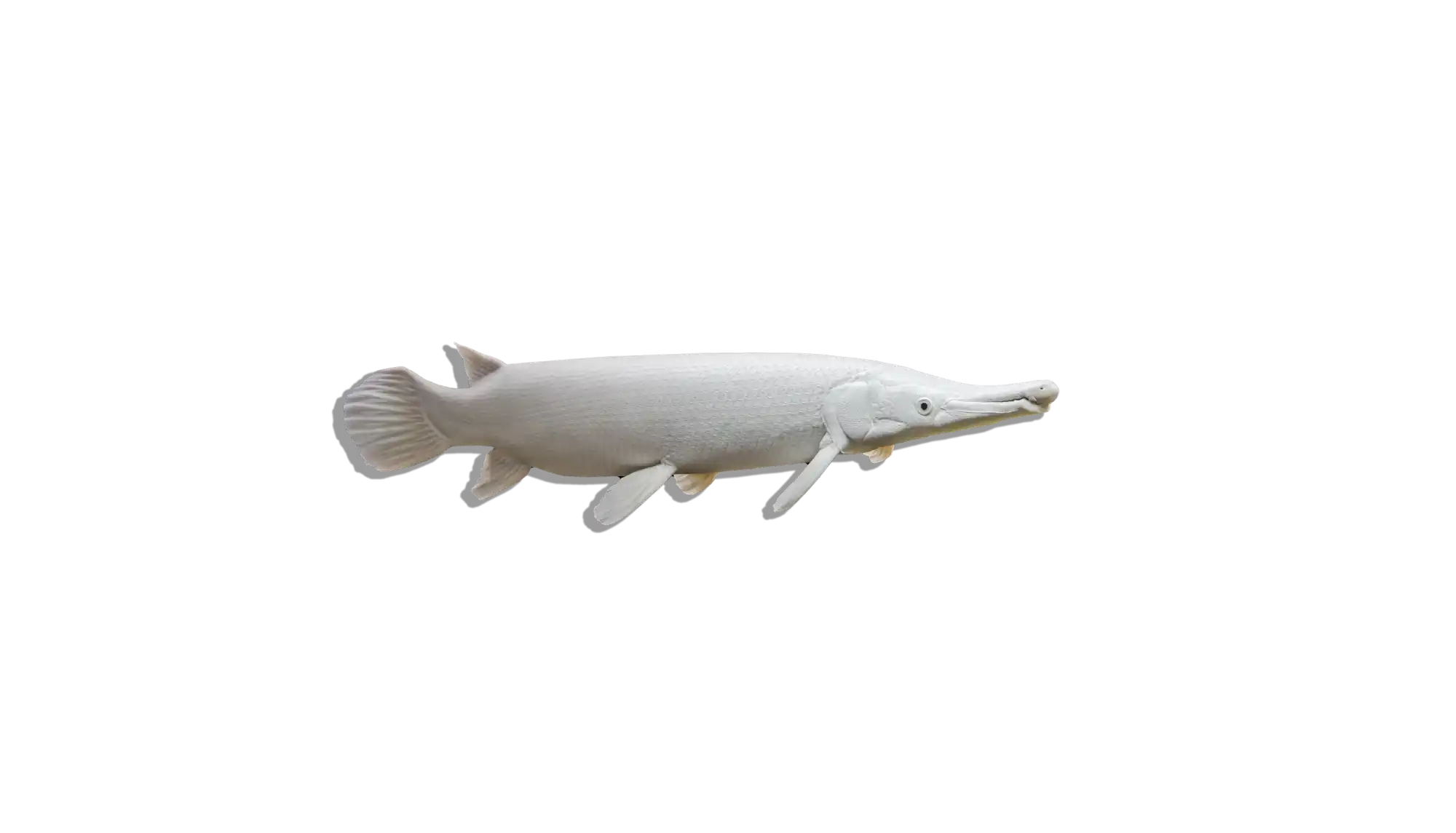Description
Common Name: Cherry Spot Cichlid
Scientific Name: Tropheus moorii ‘Bulu Point’
Other Names: Bulu Point Tropheus, Cherry Spot Tropheus
The Cherry Spot Cichlid is a striking variant of Tropheus moorii originating from the Bulu Point region of Lake Tanganyika. This variety is highly sought after due to its deep reddish-brown to black body, contrasted by bright cherry-red spots along its flanks. Like all Tropheus species, it is an active, social, and aggressive cichlid that thrives in large colonies. Proper care and a well-structured environment are essential for maintaining their health and reducing territorial aggression.
Habitat and Distribution:
Native to Lake Tanganyika, specifically around Bulu Point, Tanzania, this species inhabits rocky shorelines with strong currents. These areas provide ample surfaces for grazing aufwuchs, a combination of algae and microorganisms that make up their primary diet. They prefer shallow to moderate depths, where they form large social groups among the rocky crevices.
Size and Lifespan:
Cherry Spot Cichlids grow to about 4-5 inches (10-13 cm) in length. They are slow-growing but long-lived, with a lifespan of 8-12 years when provided with excellent care.
Diet and Behavior:
Tropheus moorii are herbivorous grazers, feeding primarily on algae and biofilm in the wild. Their diet in captivity must be strictly plant-based to prevent digestive issues such as bloat. Their diet should include:
- High-quality spirulina-based flakes or pellets
- Fresh blanched vegetables (zucchini, spinach, nori seaweed)
- Occasional algae wafers
- Avoid high-protein or meaty foods, as these can cause severe digestive problems
They are territorial, hierarchical, and highly active, forming strict dominance structures. They are best kept in large colonies (10+ individuals) to spread aggression evenly, as smaller groups often result in relentless bullying of weaker individuals.
Breeding and Reproduction:
Cherry Spot Cichlids are maternal mouthbrooders, meaning the female carries fertilized eggs in her mouth for 3-4 weeks until the fry are fully developed. To encourage breeding:
- Maintain a harem structure (1 male with multiple females)
- Provide plenty of rock formations and caves for females to seek shelter
- Keep water conditions stable and high in oxygen
Females protect the eggs and fry until they are large enough to fend for themselves. Fry can be fed powdered spirulina flakes or finely crushed algae-based foods.
Aquarium Care and Tank Requirements:
Due to their territorial nature and high activity level, Tropheus moorii require a minimum of 75 gallons for a small group, while a 125+ gallon tank is ideal for a stable colony. Their setup should include:
- Substrate: Fine sand or small gravel
- Decor: Plenty of rockwork, caves, and ledges to create territories
- Filtration: Strong filtration (canister or sump) to maintain high water quality
- Water Movement: Moderate to strong flow, mimicking their natural habitat
- Lighting: Moderate to bright to promote natural algae growth
Ideal Tank Mates:
Cherry Spot Cichlids should be housed only with other Tanganyikan species that share similar aggression levels and dietary needs. Suitable tank mates include:
- Other Tropheus species (if introduced together as juveniles)
- Petrochromis species (with caution, as they are also aggressive grazers)
- Julidochromis or Neolamprologus species
- Synodontis catfish for bottom-level scavenging
Avoid Mbuna cichlids, non-Tanganyikan species, or passive fish, as their dietary and aggression differences may cause problems.
Difficulty Level:
Advanced. Tropheus cichlids require a stable colony, strict herbivorous diet, and pristine water quality to thrive. They are not recommended for beginner aquarists due to their sensitivity to bloat and complex social behavior.
Water Parameters:
- Temperature: 76-82°F (24-28°C)
- pH: 8.0-9.0
- General Hardness (GH): 10-20 dGH
- Carbonate Hardness (KH): 10-15 dKH
- Ammonia: 0 ppm
- Nitrite: 0 ppm
- Nitrate: <20 ppm (requires frequent water changes)
Additional Information:
- Cherry Spot Cichlids should be introduced as juveniles in groups, as adding new individuals to an established colony can lead to fatal aggression.
- They require multiple small feedings per day to prevent digestive issues.
- Unlike many cichlids, they spend most of their time grazing on rocks, scraping off algae for nutrition.
The Cherry Spot Cichlid is a stunning and challenging species, best suited for experienced aquarists who can manage their dietary and social needs. With proper care, they display beautiful colors, fascinating behaviors, and a dynamic social structure, making them a prized species in Lake Tanganyika aquariums.

